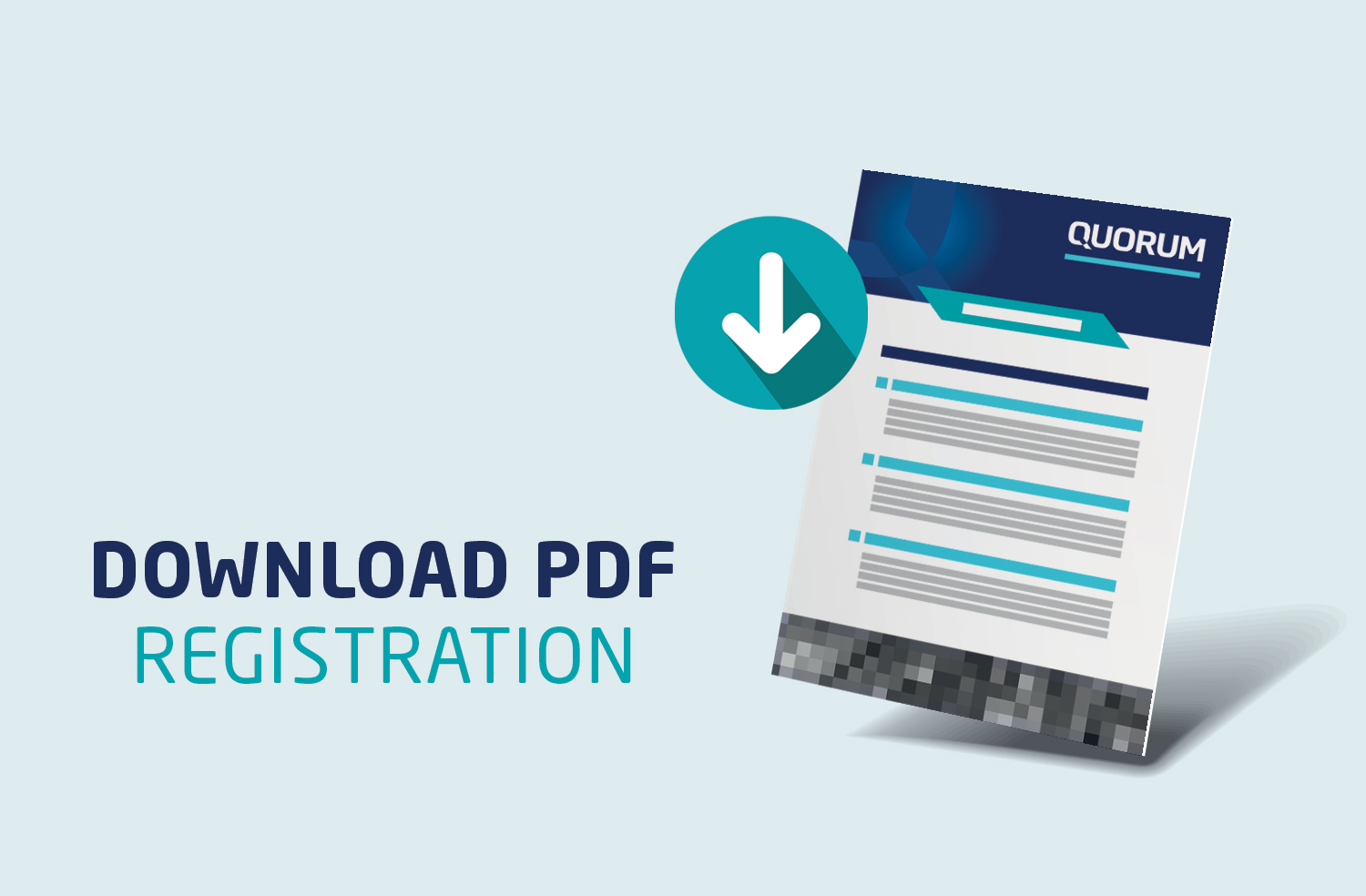What is Reliability Centred Maintenance?

In some industries you can get away with the notion that maintenance is just, maintenance. However, not all maintenance is the same. Some fixes come too late. Others waste time and money. This leads to a key question: what is Reliability-Centred Maintenance (RCM)?
RCM is a method that helps organisations decide the best and most cost-effective way to maintain equipment. It looks at how things fail, why they fail, and what happens when they do. Using this, it finds the most effective way to keep equipment running with the least effort and cost.
As John Moubray, the father of RCM, put it:
“Reliability Centred Maintenance: a process used to determine what must be done to ensure that any physical asset continues to do whatever it is that the users want it to in its operating context.”
Quorum has over 20 years of experience in Supportability Engineering. We help industries improve reliability and reduce downtime. Our team applies RCM to real-world problems, ensuring the best results. Keep reading to learn how RCM works and why it matters.
What is RCM & Why Does it Work?
RCM follows a structured process to decide the best way to maintain equipment. It breaks equipment down into smaller systems and looks at what each part does. From there, it identifies what could fail, why it might fail, and what impact that failure would have. This helps teams plan the most effective maintenance strategies.
Next, it looks at how each part can fail and what happens when it does. This helps teams decide which failures matter most and what actions will prevent them.
There are several maintenance options. Some failures need regular checks and part replacements. Others require monitoring to spot problems early. In some cases, repairs only happen after a failure because fixing it too soon would waste time and money. RCM helps teams choose the right approach for each situation.
By focusing on actual risks and failure effects, RCM avoids unnecessary work. It makes sure maintenance efforts improve reliability without adding extra cost. This method is used in industries where downtime is expensive or dangerous, such as defence, energy, and transport. It keeps critical systems working longer with less waste.
Where Can RCM Be Used?

RCM is applicable across all industries as a way to ensure the upkeep of equipment in a cost-effective manner. It can be applied to:
- Power generation systems: Turbines, generators, and electrical grids
- Transportation systems: Aircraft, rail networks, and vehicle fleets
- Manufacturing equipment: Assembly lines, robotic arms, and conveyor systems
- Defence systems: Naval vessels, military aircraft, and armoured vehicles
- Oil and gas infrastructure: Pipelines, drilling rigs, and refineries
- Medical equipment: MRI machines, ventilators, and surgical tools
- Water and wastewater systems: Pumps, filtration units, and treatment plants
Key Steps of Reliability Centred Maintenance
The first step in RCM is to identify critical component that affect safety, operations, or costs the most. Once identified, their functions must be clearly defined which means understanding what each component does and how it should perform under normal conditions.
Next, teams list possible failure modes, identifying all the ways a system or its parts can fail. After that, they analyse the effects of each failure and determine how it impacts operations. Some failures cause minor disruptions, while others lead to major breakdowns.
Teams then assess which failures need action and decide on the best maintenance strategy, whether preventive checks, condition monitoring, or waiting until failure occurs. Finally, they implement the plan and review it regularly to adjust for changing conditions.
The Benefits of Strategic Reliability Centred Maintenance
RCM reduces costs by focusing maintenance efforts where they matter most. Instead of routine servicing on every part, teams target work on components that are most likely to fail or cause serious issues. This avoids unnecessary repairs and lowers labour and material costs. It also prevents expensive breakdowns by catching problems early, reducing the need for major fixes or replacements.
By extending the life of equipment, RCM improves the overall lifecycle of assets. It ensures parts are serviced or replaced at the right time, preventing early wear from over-maintenance or unexpected failures from neglect, keeping systems running efficiently for longer, delaying the need for costly replacements.
RCM also reduces downtime by preventing sudden failures. Condition monitoring and preventive maintenance help teams fix issues before they cause breakdowns. When failures do happen, planned maintenance strategies ensure faster repairs.
Why Choose Quorum?
Choosing Quorum for your RCM means working with a team of experts who understand the importance of reliability. With over 20 years of experience in Supportability, we have helped industries optimise maintenance strategies and improve equipment lifespan.
Our approach focuses on your specific needs, tailoring RCM processes to ensure the best results. We bring proven methods, industry knowledge, and practical solutions to reduce costs and downtime. Our team works closely with you, offering guidance at every step, from identifying critical systems to implementing maintenance plans.
Book an informal chat with Shaun for a free consultation and discover how ILS can propel your operational efficiency and cost-effectiveness to new heights.



